
7 Interesting Facts about the History of African Art
Africans have always been adept at creating art. Several intricately crafted artifacts and art objects discovered from as far back as prehistoric times are testimonies to this fact. In fact, African art history has played a significant role in shaping the culture and history of the world.
Evolutionary science has theorized that Africa is the forebearer of the human race and thus, it is only right that as the early humans began to make sense of their world and happenings around them, these would be in form of symbols and hand-made objects. The earliest known African art objects date well before recorded history, and that these objects were found centuries upon centuries later with some almost as good as new with complicated designs beyond our estimation of how sophisticated our prehistoric ancestors’ brains were, show the eternality and relevance of African art as a cultural heritage.
The history of African art and its journey to modern and contemporary times contain many insights, significance, and meaning as well as some interesting facts that will help in understanding and appreciating the evolution of African art.
Here are seven (7) of the most intriguing facts about the history of African art.
1. Rock art is the earliest form of African art
Rock Art is centuries old. The oldest images scientifically dated are in Namibia (the Apollo 11 caves) from about 24-27,000 years ago, yet most experts agree that Africa's rock art may date to more than 50,000 years ago. The oldest known beads, made from Nassarius shells and worn as a necklace, are from 75 000 years ago and were recovered in a cave in the southern peninsula of South Africa. Meanwhile, the earliest known rock art – carvings known as petroglyphs that depict animals like giraffes that no longer exist in that area – discovered in the Saharan sands of Niger date as far back as 6500 BC. These images and carvings give us insight into the thoughts, spiritual and physical mentality of these ancient African tribes and cultures. Unfortunately, these valuable heritages are being destroyed by natural erosion as the sites come under civilization pressure or by graffiti defacing the rock canvases.
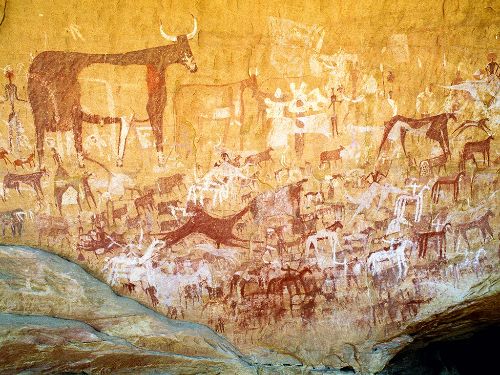
2. Much of African sculpture was historically in wood
Much of historical African artworks are sculptures made out of wood. This is probably because wood is a very widespread material and easy to manipulate. Masks that are a major piece of ancient African art were mainly made of wood. Notwithstanding, the earliest known sculptures are pottery heads made from terracotta, with many of them dated around 500BC to 200 AD from the Nok culture of Nigeria.
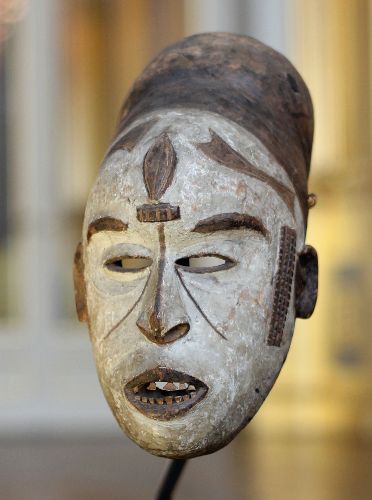
3. Traditional religions are extremely influential on historical African art forms
Historical African art pieces are often products of religious symbolism, functionalism, and utilitarianism, meaning that many of these art pieces were primarily created for spiritual rather than creative or aesthetic purposes. Many African cultures emphasize the importance of ancestors as intermediaries between the living, the gods, and the supreme creator, and art is seen as a way to contact these spirits of ancestors through effigies and sculpted idols and totems.
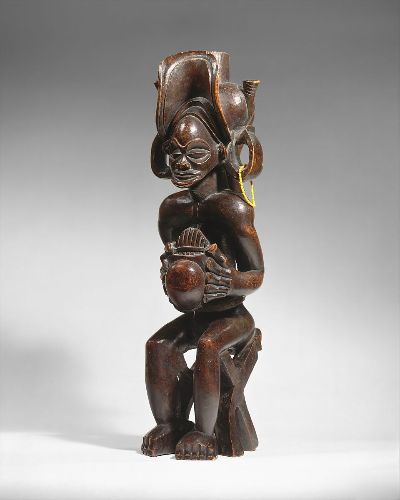
4. Complex methods of producing art were developed in sub-Saharan Africa around the 10th century
Some of the most notable advancements including the bronze work of Igbo Ukwu and the terracotta and metal works of Ife Bronze and Benin Bronzes are the hallmarks of this period. These works of art became highly prestigious in West Africa as they were identified with royalty. Often ornamented with ivory and precious stones, they were usually crafted by highly skilled court artisans.
.jpg)
5. African art had an important influence on European Modernist art
The study of African art by European and American art historians and artists such as Pablo Picasso, Paul Gauguin, Georges Braque, André Derain, Henri Matisse, Joseph Csaky, and Amedeo Modigliani at the beginning of the twentieth century facilitated an interest in the abstraction, organization, and reorganization of forms, and the exploration of emotional and psychological areas which had previously not been themes explored in Western art.
The basic subject of the human figure and strong formal qualities exhibited with strong design features to create balance and harmony in African art, combined with a powerful spirituality and expressive vigor, attracted early twentieth-century artists to explore new dynamics in visual art. Through this, Western modernist art ceased to be merely aesthetic but also incorporated aspects for philosophic and intellectual discourse. This became the origin of modern-day abstraction. This period, symbolized by Picasso's period painting Les Demoiselles d'Avignon, was critical to the evolution of Western modernism in visual arts.
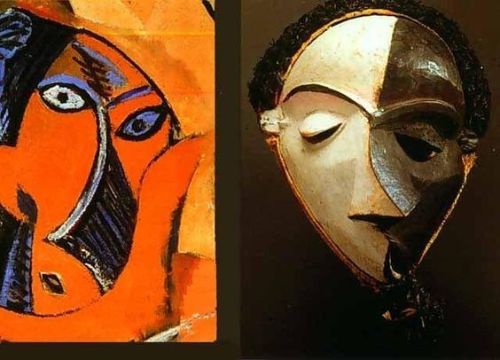
6. The migratory nature of some African tribes contributed to the loss of historical art
The nomadic nature of some communities in Africa means that they would have carried with them only utilitarian and functional objects. Because to them, the value of these artworks was based on their functionality and their spiritual attributes, once their purpose is no longer of service to the creator and the community, they would have been abandoned. This implies that uncountable pieces of historical African art have been lost on the wayside of migratory existence.
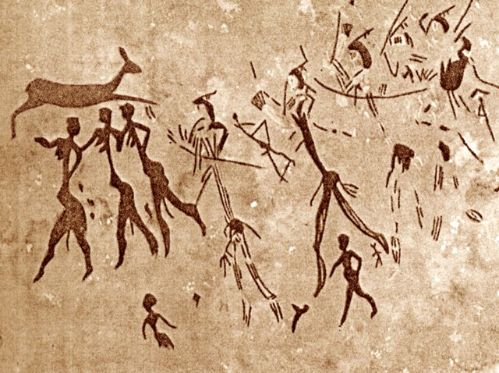
7. Many historical African artworks were coveted by European colonizers, resulting in the loss of knowledge of the antiquity and cultural history of these artifacts.
Foreign colonization of most countries in sub-Saharan Africa started in 1840. A lot of African art was acquired and/or looted by travelers, traders, missionaries, and colonial troops in the centuries that followed, and they carted them away from the continent. Colonialists most often did not give indigenous art the merit and attention it deserved and thereby African art history was not preserved or documented.
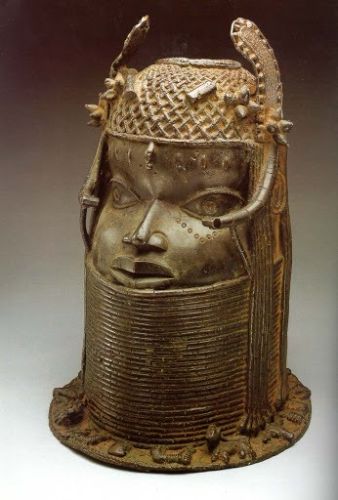
As researchers continue to study collections of African art to see how they may be used to shed more light on African art history and help restore lost traditions and skills in the crafts of the cultures that produced them, it is important that the rising interest in collecting historical and contemporary African art be met with a fair system of compensation for the art owners and creators. Aworanka as a leading website aggregator of African art galleries can help in this regard by helping potential collectors buy from authentic art galleries as well as curating African artists and their works.

All comments